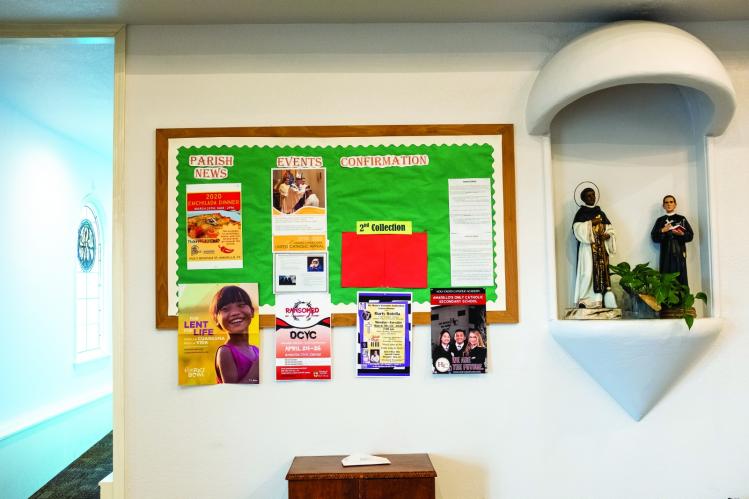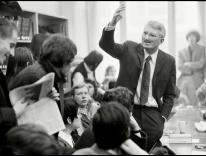
A few years ago Commonweal published a special issue on parishes in the United States. We sent out correspondents and had them report back on what they encountered on an “ordinary Sunday” at their parish—what the liturgy was like, what they made of the preaching, how the art and architecture of the building influenced (or didn’t) the experience. These dispatches provided an interesting, eclectic account of what it meant to worship in different parishes in different parts of the United States. At the same time, such an approach was unable to take the full measure of the changes remaking the U.S. Catholic Church—most of all the significant changes in demographics and geography, set against the backdrop of declining vocations and broader trends in religious disaffiliation—and what they meant for local communities of Catholics.
This time we wanted to try something different, looking at the state of the parish more broadly. Just what does “parish” mean for U.S. Catholics today? Early on, we began speaking with Susan Bigelow Reynolds, assistant professor of Catholic studies at Emory’s Candler School of Theology, whose essay, “Waystations for a Pilgrim Church,” is one of those featured in this special issue. She expressed something that helped us arrive at our guiding theme: though canon law describes parishes as “stable communities of the faithful,” we live in unstable times, an age of migration and movement. So we asked a number of authors to consider this theme, from a variety of perspectives.
Reynolds does so by recounting the changes that have occurred in four parishes that have marked her life, folding those stories into broader trends, from the rise of Latinx Catholics to the shifting geography of the U.S. church. Brett Hoover focuses on the increasingly common phenomenon of shared parishes, examining how distinct racial, cultural, and linguistic communities can flourish as they negotiate how to use the same parish facilities and be served by the same clergy. And Griffin Oleynick explores the organizing and activism taking place beyond traditional parish structures—the grassroots efforts to fight with and for marginalized groups, especially immigrants, and the ways such work can generate a vitality and purpose from which many parishes could stand to learn.
We also wanted to offer deeper insights into particular aspects of parish life and give practical suggestions for how to make parishes more welcoming, just, and Spirit-filled. So we commissioned a series of shorter, more focused articles: Natalia Imperatori-Lee on preaching, Mollie Wilson O’Reilly on making Mass child friendly, Jason Steidl on LGBTQ ministry, Tia Noelle Pratt on African-American Catholics, and Madeline Jarrett on how parishes can be made more accessible for disabled people. We also interviewed Fr. Hector Madrigal of St. Joseph’s Church in Amarillo, Texas (photos of which are featured throughout), about the practical and pastoral aspects of ministering to a mix of communities under one roof.
What all of these contributions share is humility and hope. They approach the changes happening in the American church as the occasion to learn again what it means to love our neighbors, and as a chance to give up comfort and complacency for a Catholic faith that embraces what God is doing in our midst. The sense of loss and mourning that accompanies the death of a church forged in a different time is acknowledged. But what comes through again and again is a sense of possibility, of resurrection and renewal—that the U.S. church is not so much in decline as undergoing a profound transition, a reality we can and should joyfully embrace.
